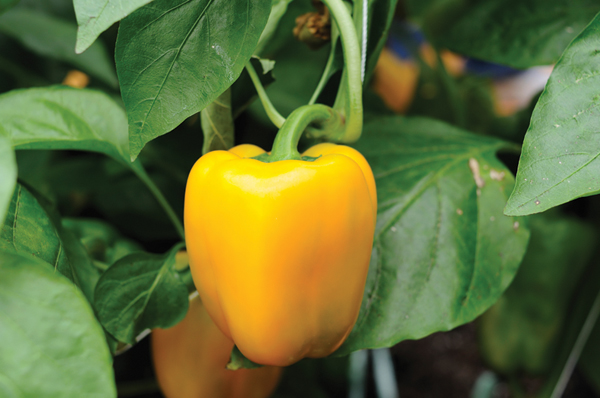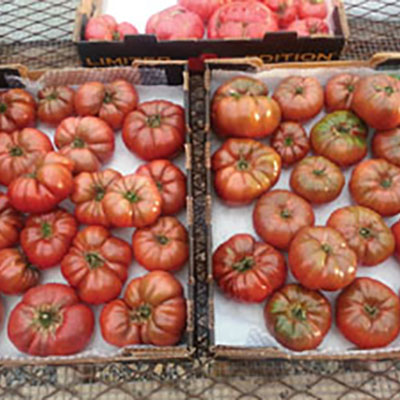Growing for Market is your best source for information about hoophouse/high tunnel production. SUBSCRIBE TODAY so you don't miss a thing! Bookmark this site and check back periodically to see what's new.
These topics have been covered this year in the regular issues of GFM:
- January 2010 — The most profitable crops to grow in hoophouses.
- February 2010 — How to maintain soil fertility and tilth, plus deal with pests and diseases in hoophouse production.
- March 2010 — The trend to movable houses picks up steam, with new designs and better anchoring systems. Plus, how to keep any hoophouse from flying away.
- April 2010 — Adam Montri in Michigan provides his spring crop schedule, along with income projections. And Deborah Walton in California explains why even growers in mild climates such as hers can benefit from hoophouses.
- May 2010 — Hoophouse modifications for growers in the far north.
- June/July 2010 — Caterpillar tunnels: an inexpensive variation on the hoophouse theme.
- August 2010 — Details on crops to grow for winter harvest.
More Information on Hoophouses
• Kansas State University's report on spinach seeding dates for winter and spring production, cited in the January 2010 issue.
• The Student Organic Farm at Michigan State University has worked out seeding and transplanting dates for spring and fall hoophouse crops. The schedule can be downloaded from Adam Montri's hoophouse blog -- scroll down to the entry entitled "What we're planting" for the PDF download. Cited in the January 2010 issue.
• Cornell University has published Hoophouse Raspberries and Blackberries, a 35-page guide to berry production for Northeast growers, cited in the January 2010 issue.
• The Kerr Center has detailed instructions on how to build a Spanish-style hoophouse, as designed by Tod and Jamie Hanley of Norman, Oklahoma.
• Carol Miles at Washington State University has a grant to investigate degradable mulches in high tunnels. Information from that project will be posted as it becomes available on her hoophouse website.
She also has a publication on how to build a low-cost PVC hoophouse.
• About 600 people nationwide discuss hoophouse matters on the High Tunnels listserv. Click this link to join the conversation.






 As soon as we start driving our routes in the spring our customers ask us when we’ll have roselilies. They’re that popular and have become a signature crop for us. They’re basically a type of oriental lily, but with multiple layers of petals, and without stamens and pistils (i.e. no pollen!).
As soon as we start driving our routes in the spring our customers ask us when we’ll have roselilies. They’re that popular and have become a signature crop for us. They’re basically a type of oriental lily, but with multiple layers of petals, and without stamens and pistils (i.e. no pollen!). 


 Prairie Garden Farm has been growing cut flowers for florists and studio designers since 2010. As we’re on an exposed hillside in west-central Minnesota, we’re dependent on protected culture to grow quality flowers. This article describes our approach – planning, financial, and operational details - that helps us make the most of our structures.
Prairie Garden Farm has been growing cut flowers for florists and studio designers since 2010. As we’re on an exposed hillside in west-central Minnesota, we’re dependent on protected culture to grow quality flowers. This article describes our approach – planning, financial, and operational details - that helps us make the most of our structures.






